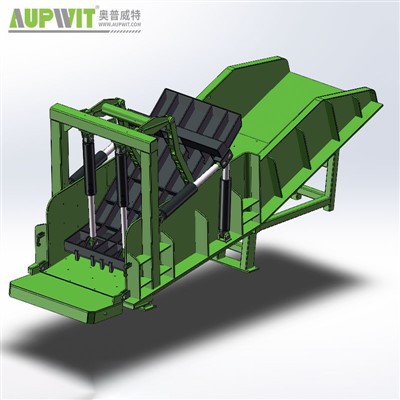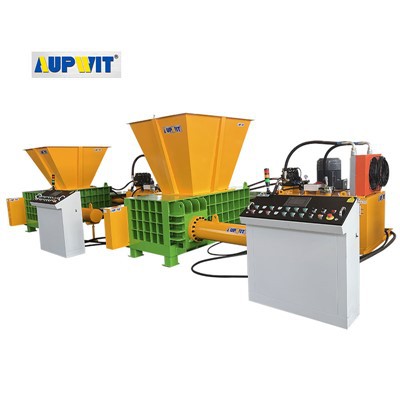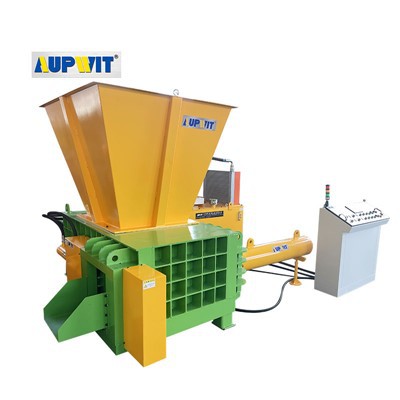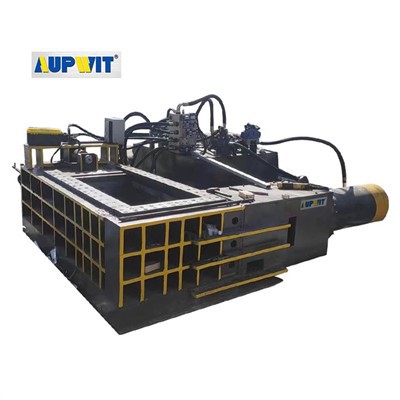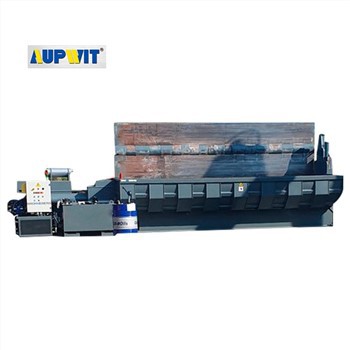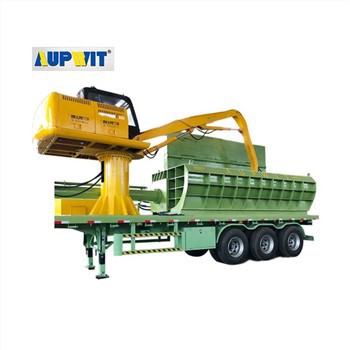Energy Consumption of Vertical Truck Tire Balers
Modern vertical truck tire balers are engineered with energy efficiency in mind, balancing consumption between effective compression and operational economy.
Energy Consumption Factors
Vertical truck tire balers primarily use hydraulic systems or mechanical drives, with hydraulic models being more common. Their energy use depends on tire size, quantity per cycle, and desired compression density—larger or denser bales naturally demand more energy, but this is offset by higher throughput.
Vertical Balers
Compact design minimizes material movement distance and allows gravity-assisted feeding, reducing auxiliary energy use.
Horizontal Balers
Often require more energy-intensive lifting mechanisms and conveyor systems for material handling.
Operational Efficiency Practices
- Run the baler at optimal capacity—avoid underloading or overloading
- Regular maintenance prevents friction-related energy losses
- Minimize idle time (use auto-shutdown features when available)
- Maintain proper hydraulic fluid levels and quality
Long-Term Energy Balance
Compacted tire bales reduce transportation needs and support recycling efforts. When compared to alternative disposal methods like landfilling or incineration, the baler's energy use becomes a small fraction of the overall sustainability equation.


